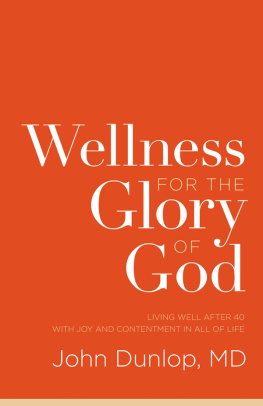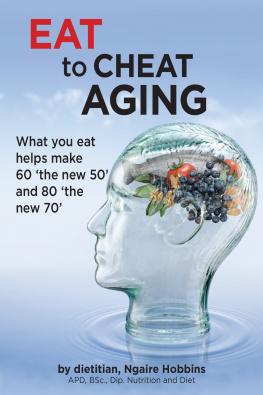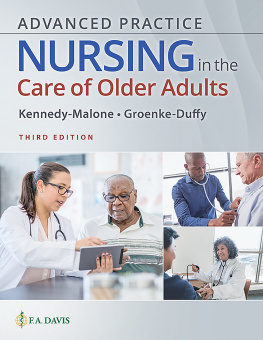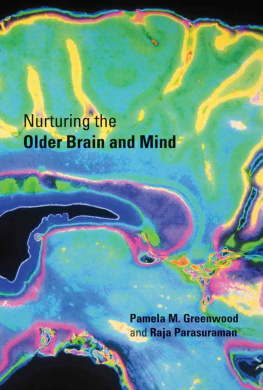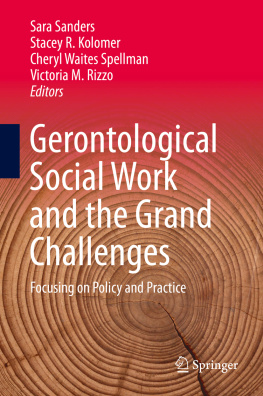
Christian Thompson
George McGlynn

2016 Healthy Learning. All rights reserved. Printed in the United States.
No part of this book may be reproduced, stored in a retrieval system or transmitted, in any form or by any means, electronic, mechanical, photocopying, recording, or otherwise, without the prior permission of Healthy Learning. Throughout this book, the masculine shall be deemed to include the feminine and vice versa.
ISBN: 978-1-60679-360-2
Library of Congress Control Number: 2016941830
Book layout: Cheery Sugabo
Cover design: Cheery Sugabo
Cover photo: Patrizia Tilly/Hemera/Thinkstock
Healthy Learning
P.O. Box 1828
Monterey, CA 93942
www.healthylearning.com
Dedication
Dedication
Many thanks to all my students, both young and old. Your curiosity, wisdom, and enthusiasm have been an inspiration to me.
Christian Thompson
For Ingeborg, always there with me.
George McGlynn
Acknowledgments
Acknowledgments
Thanks to the dedicated staff at Healthy Learning for making this book a reality.
Foreword
Foreword
The 11th Commandment: Thou Shalt Move
Mother Nature has ordained that you either move, or you die. Stagnation has no place in the living world. A number of apostles have carried this scripture. Raab and Kraus wrote about hypokinetic disease. Frank Booth described sedentary death syndrome. I suggest the disuse syndrome. Each of these formulations makes the point that if you dont obey the 11th Commandment, you are destined for a purgatory of variable type, as well as of immense peril.
My Scripture of the Disuse Syndrome cites certain inevitable outcomes, including 1) cardiovascular vulnerability, 2) musculoskeletal fragility, 3) metabolic liability, 4) immunologic susceptibility, 5) neurologic compromise and depression, and 6) premature aging. All of these symptoms are not only preventable, but reversible, by movement. These reports emphasize that failing to obey this 11th Commandment leads surely to accelerated disability, societal compromise, and great expense.
The increasing burden of global aging will become unbearable if we allow our later years to lapse into the pattern of frail dependency. As such, neglect of the 11th Commandment is not an option.
These lessons are inherent in another cosmic commandment also known as the Second Law of Thermodynamics from which all other imperatives derive. All of our current cultural adaptations from the wheel henceforth penalize physical activity. Lethargy reigns. I fear that our legs may soon become vestigial. I have often observed that our legs are our most important organ, because their motor role sets the pace for the rest of the epigenetic signaling of our body. Given that our legs are our most important organ, we need to use them and honor them.
Chris Thompson and George McGlynns book is gospel. Its message is of biblical proportions. Its lessons are universal. It heeds the 11th Commandment with diligence, skill, and caring.
Become a disciple.
Walter Bortz, M.D.
Emeritus Professor of Medicine
Stanford University
Preface
Preface
The rapidly increasing number of older Americans has far reaching implications for our nations health that will place unprecedented demands on the provision of healthcare and aging-related services. Efforts to promote health and functional independence are critical strategies in helping older adults stay healthy. Research has shown that poor health does not have to be an inevitable consequence of aging. Older adults, who practice healthy behaviors, take advantage of clinical preventive services, and continue to engage with family and friends, are more likely to remain healthy, live independently, and prevent chronic diseases, while reducing associated complications.
Research demonstrates that disease and disability are not an inevitable part of aging. Scientists are identifying factors that contribute to healthier and longer life expectancy. Additional studies suggest that lifespan and health are determined by both genetic and environmental factors.
The aging process happens during an individuals life span. We are all involved in this process, and none can escape it. When one is young, aging is associated with growth, maturation, and discovery. Many human abilities peak before age 30, while other abilities continue to grow through life. The great majority of those over age 65 today are healthy, happy, and fully independent. In spite of this, some individuals begin to experience changes that are perceived as signs of deterioration and decline. We must try to forget the stereotypes and look at older adults as unique individuals, each with a particular set of resources and challenges.
The holistic wellness approach focuses on building optimal health and well-being for each person. Wellness involves all the lifestyle choices we make and learning what the best choices are for each of us. Wellness encompasses the physical, mental, spiritual, emotional, and social aspects of our lives. It is a philosophy that supports life balance through prevention and health promotion with a multi-dimensional approach to all aspects of our lives.
Current evidence clearly indicates that participation in a regular exercise program is an effective way to reduce or prevent a number of functional declines associated with aging. Older adults have the ability to adapt and respond to both endurance and strength training. There is evidence that older adults can adapt to a program of regular aerobic training as well as their younger counterparts do.
Aerobic/endurance training can help to maintain and improve various aspects of heart and lung function and cardiac output, and such exercise can enhance endurance. Strength/resistance training will help offset the loss in muscle mass and strength typically associated with aging, thereby improving functional capacity. Also important, a reduction in risk factors associated with disease (heart disease, diabetes, osteoporosis, and so on) will improve health status and contribute to an increase in lifespan. Together, these training adaptations will greatly improve the functional capacity of older men and women, therefore improving their quality of life and extend independent living.
The chapters dealing with chronic disease, preventive health, sexuality, and life balance provide the latest analysis of current research that can cut through the mythology and misinformation, as well as bring clarity and understanding to a number of issues confronting older adults.
A great deal of knowledge is presently available concerning the physical, mental, and social aspects of aging. Despite this information, an alarming amount of misconception and stereotypes still exists. The main purpose of this text is to provide information in a manner that is relevant, reliable, and understandable in order to rebut the common misconceptions and confusion surrounding the physical, mental, and social changes confronting older individuals. Another focus of the book is to explain what older adults need to do to maintain an appropriate level of wellness and physical fitness.
Each chapter in the book not only presents current scientific evidence on the present status of aging changes, but also details options for dealing with those changes. In addition, each chapter provides a basis in order to build optimal health, vitality, and well-being for a calmer and better life balance.
Christian Thompson, Ph.D. & George McGlynn, Ph.D.
Next page

